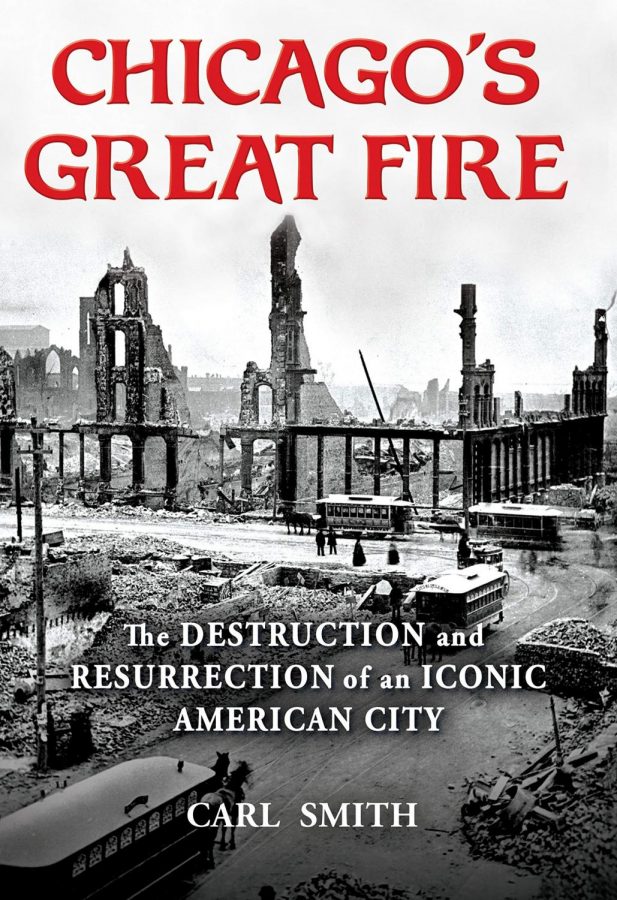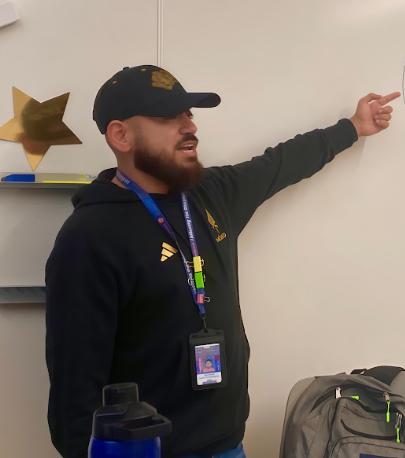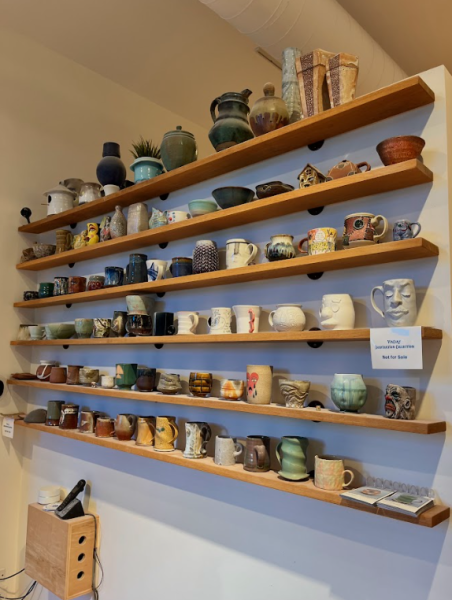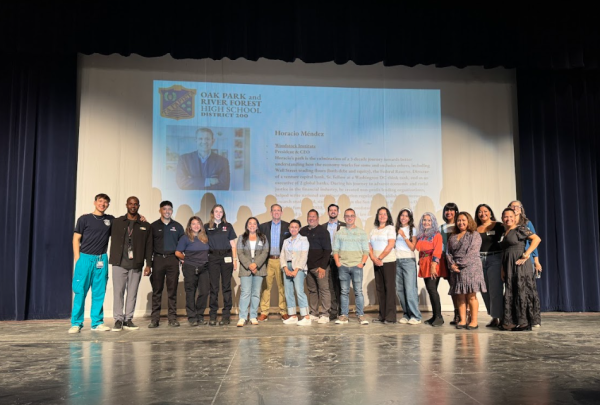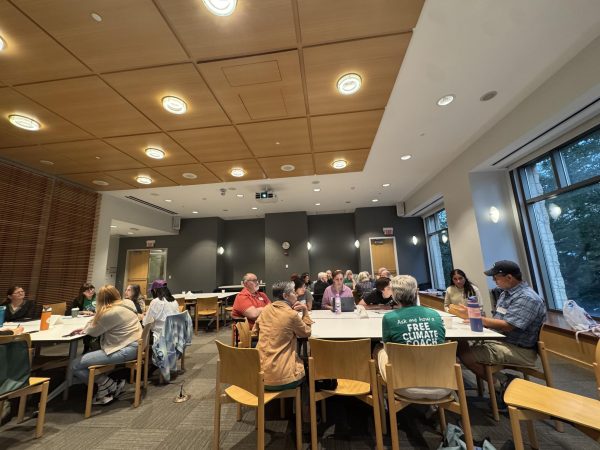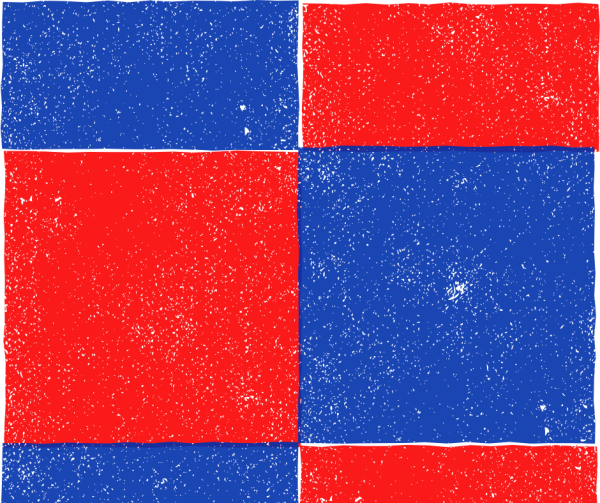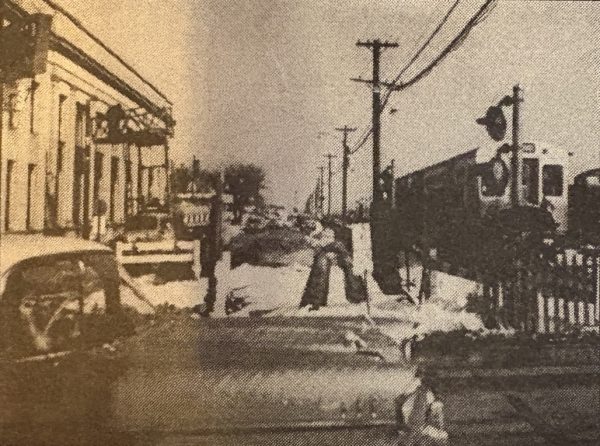Book Review: Chicago’s Great Fire
⭐️⭐️⭐️✩✩
“Chicago’s Great Fire: The Destruction and Resurrection of an Iconic American City” provides detailed and personal accounts of one of America’s worst disasters and the unprecedented recovery that followed. It is a necessary and timely reminder that Americans are stronger together after a devastating tragedy.
The book is written by Carl Smith, a professor of English as well as a Professor of History, at Northwestern University. Smith combines his talents in both of these fields in this book in order to create a detailed, and yet entertaining account of the Chicago fire.
The book follows a loose chronological order and begins with a description of the political and social climate of Chicago just before the barn belonging to Irish immigrants, Catherine and Patrick O’Leary, was likely set ablaze. The numerous ethnic groups in the city, such as the sizable German and Irish populations, were in constant conflict with the more established Protestants of Chicago.
One notable instance of these conflicts came over the issue of Alcohol. Irish and German immigrants generally consumed much more alcohol than protestants, and owned almost all the local breweries. Pushes to outlaw the sale of alcohol were met with much resistance from the Irish and Germans. Eventually, an order for police to enforce an ordinance that mandated drinking establishments to close on Sundays spurred the “Beer Lager Riot” in which a group of Germans clashed with police officers. One person died and 60 were arrested
.
Smith uses personal accounts from the era, such as newspaper articles or letters written by a Chicagoan to a friend to display the ethnic dynamics in a way that allows the reader to imagine themselves as a Chicagoan in the pre-fire city.
The book describes the fire through excellent storytelling, recanting the fire through the personal accounts of Chicagoans, including prominent figures such as Robert Todd Lincoln. The reader can imagine what it would be like to look from the top of the Tremont House as a wall of flames quickly approaches and turns the sky red. It describes scenes of families desperate to save as many personal belongings as possible, even burying them in the hopes that they would be spared by the flames.
Smith also comments on the political issues surrounding the fire and the city’s recovery. He vehemently criticizes the practices of the Chicago Relief and Aid Society, a private charity tasked with being the primary relief organization for the city in the aftermath of the fire, for practices that Smith believes were anti-immigrant (specifically germans) and discriminated against non-Protestants. For instance, anyone applying for aid from the society had to show a letter of recommendation from a religious leader. Since a large number of Germans did not belong to any religious organizations, they were not able to receive aid.
The incredible recovery would not have been possible without private charity that occurred following the fire. Americans from all walks of life and all backgrounds took it up as their civic duty to aid in Chicago’s recovery. Following the fire, the Chicago Relief and Aid Society collected roughly 5 million dollars from people around the world. Using this money, the society provided shelter, medical care, and other forms of aid to Chicagoans struggling following the fire.
The speedy recovery of a destroyed Chicago speaks volumes of how effective charity can be; this is particularly relevant in the aftermath of the COVID pandemic and lockdowns. Many people have lost family members or their livelihoods and are in need of support. Americans can easily ease the consequences of this disaster, just as they did with the Chicago fire by volunteering at or donating to charities aimed at helping those in need.
This book provides a vivid picture for Chicagoans interested in the fire that built our city or interested in what constituted urban life in 1871. If you enjoy history and storytelling using personal accounts of those who lived through the disaster, I’m sure you will enjoy it.

